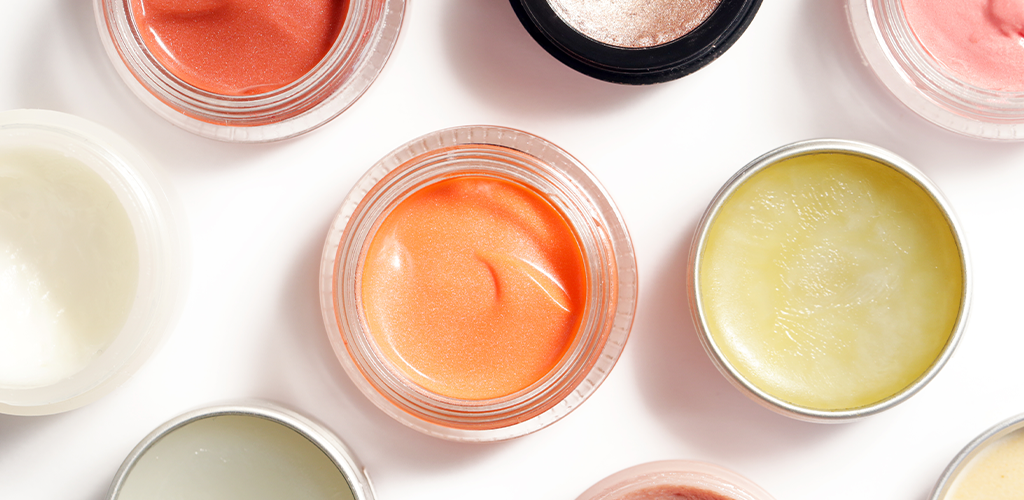What is a Marketing Mix and How to Use One to Help Your Business Succeed

Every business owner should know how to write a marketing mix. The term describes a system that companies use to build a deeper understanding of their business as a whole. In general, the goal of this tool is to improve advertising efforts and to help businesses grow and thrive. It assists entrepreneurs in understanding what their strengths as a company are, and what they should work to improve upon. A company that doesn’t take the time to work on their own mix is only hurting their chances for success.
While every marketing mix is different, they all share four common elements, known as the Four Ps. Those Ps stand for product, price, placement, and promotion. So what is a marketing mix and how do the Four Ps help your business succeed?
- Product
- Price
- Placement
- Promotion
- The Seven Ps
Product

In the 1960s, the world of commerce was introduced to the concept of the marketing mix. It was explained as a tool used by business owners to create a deeper understanding of their company. By knowing every little detail, entrepreneurs can take that knowledge to improve advertising efforts, and spur growth. The first thing to learn is the ins and outs of the product itself (or, possibly, products). This segment of the study goes more in depth than merely describing what you sell. You should take the time to explain if your product is a physical good or intangible service, what gap in the market your product fills, and what its typical life cycle is. Once you’re done explaining those things, an excellent extra step to take is to compare your product to those of your competitors. What does yours do better than theirs, and what should you work on improving?
To help understand your product, you can ask yourself some or all of these questions:
- What do your customers want from your product? What do they expect?
- How do your customers use your product and where do they use it?
- What are the minimum features your product has to have for your customer to be interested in it? Have you missed any features? Do you have any that are unnecessary?
- How is your product branded? What’s its name, what are the options it’s available in? What does it look like?
- How is it different and similar to products your competitors offer?
What is a Marketing Mix and What Does Price Have to Do With it?

The price of a product is fairly self-explanatory. It describes the amount the customer pays to access the item you’re offering. However, when preparing a marketing mix, there are several layers deeper to dig. The price you sell a product for directly impacts your business so you need to understand it implicitly. First, compare the price of the product to the cost it requires to manufacture it. Is the profit margin an acceptable number or does it need to be adjusted to benefit your business? Second, consider your typical customer. What is their average income? You may find that your product is too expensive for the people who are most likely to buy from you. On a happier side, you could also learn that you can increase the price of your product slightly. Next, consider your company’s brand in comparison to the price you sell goods for. If you’re a newer brand charging top dollar, it’s possible that you don’t have the trust and established name that customers require before handing over large sums of money. In contrast, if you sell your product for too little, customers may believe it to be inferior to competitors.
Other questions to ask about your pricing include:
- How do the customers perceive your product? Is it worth the price they pay? Is it too expensive? Too cheap?
- Would a slight decrease in price help you grow your market share?
- Can you keep up with your competitors by sticking with your current price?
- How often should you do sales, if at all? How will a sale improve your business, and are its effects worthwhile?
Placement

Placement is a vital segment when answering the question what is a marketing mix. The term might evoke thoughts of storefronts on busy streets and products meticulously spread out on shelves and that’s a pretty accurate concept. Placement refers to where your customers will actually be able to find and acquire your product. Do you have your own branded storefront? Is your product sold in other stores? Which stores is your customer most likely to visit? Do they prefer to buy online? How will you encourage distributors to carry your product? By understanding your placement in the market, you can help develop a stronger distribution strategy.
Other questions to ask about placement include:
- Where do your customers look for your product? What stores are they most likely to visit? Do they spend time in large shopping malls? Do they prefer mom-and-pop shops? Would they prefer to shop online?
- Does your website appeal to your average customer? How does it compete with your competitors? What should be improved? What does your website do really well?
- How do you reach out to distribution channels (ie. stores that carry your product, shipping companies, etc.)?
- How do you distribute your product differently than competitors? What works better than theirs? What could you improve?
- Do you need a strong sales force? Should you attend in-person events like trade fairs, markets, and networking events?
Promotion

Once you know what you sell, how much you sell it for, and where you sell it to your customers, you need to understand how to sell it. You can’t answer the question “what is a marketing mix?” without understanding the promotional aspect of your business. In the terms of this particular segment of your study, promotion refers to how your customers will learn about your product in the market. Your marketing and advertising efforts directly impact the success of your business and placement in the market. Ask yourself where your ideal customer will see your marketing messages, when the best time to promote your business is, what new marketing channels you should try and more. Also ask what is required of you and your company to promote your product. Do you need an advertising team? Do you need to use public relations in addition to marketing? Should you attend in person events?
You can learn more about how your business’ promotion efforts work by answering some of these questions:
- Where is the best place to reach your audience? Online? Through broadcast media? In local newspapers, national magazines, direct mailers? Good PR?
- Does your product become more or less popular during a certain time of the year? Are there better times of year to advertise than others?
- How do your competitors market their products? Is there something you can do better than them? Is there something you should work on improving? Are they missing a channel entirely that you can capitalize on?
- Do you want to promote at the same time as your competitors? Different times? Do you want to use the same channels or different ones?
- Where are your clients most likely to actively search for your product? Online? In print or broadcast media? Do they ask their friends and families?
- What kind of stores do your clients typically shop in? Is your product sold there? If you sell online only, is your website similar to others they might visit?
- How does your placement strategy differ from competitors? How is it similar? What works best? What doesn’t work as well as you expected?
The Seven Ps

Although the most common type of marketing mix only includes four Ps, there is a second model that actually involves seven. This type of mix works best for companies that provide a service instead of (or possibly in addition to) a physical product. Examples of those services include restaurants, hair salons, and even accounting firms. The additional Ps represent the terms “people,” “process,” and “physical environment.”
- People: In this segment, entrepreneurs should look at who their customers are and also how many there are. Do you have enough of an audience to warrant continuing your business as is? Is your audience growing, or does it shrink over time because your service is only required once? How do you keep people coming back? You should also look at the people who keep your business running, meaning your employees. Do you have enough staff? Do you have enough variety of staff (sales, customer service, manufacturers, etc.)? Do they like their job, are they properly cared for? By keeping your employees cared for, that care often extends to your customers.
- Process: The process section of the marketing mix describes the systems needed to provide your goods or service. Processes might include the actual steps you take to produce your product, the methods you use to make sales, the way you advertise, and more. The better you understand the processes your business uses, the more streamlined you can make them.
- Physical Evidence: This final segment of the marketing mix describes the actual proof of how well your product is being delivered and received to your audience. Physical evidence may come in the form of reviews, mentions on social media, and more. When your business is established, you can also conduct studies to see how quickly the audience recognizes your brand.
So, what is a marketing mix? It’s a crucial tool to help a business owner understand every facet of their business, from their product, their price, their placement and promotion, down to the very nuts and bolts that keep it together. A thorough marketing mix can be the difference between a successful company and a struggling one.
Visit Shopivo and stay tuned for exciting news and updates! Sign up for our emails and stay up-to-date on new developments and features.
